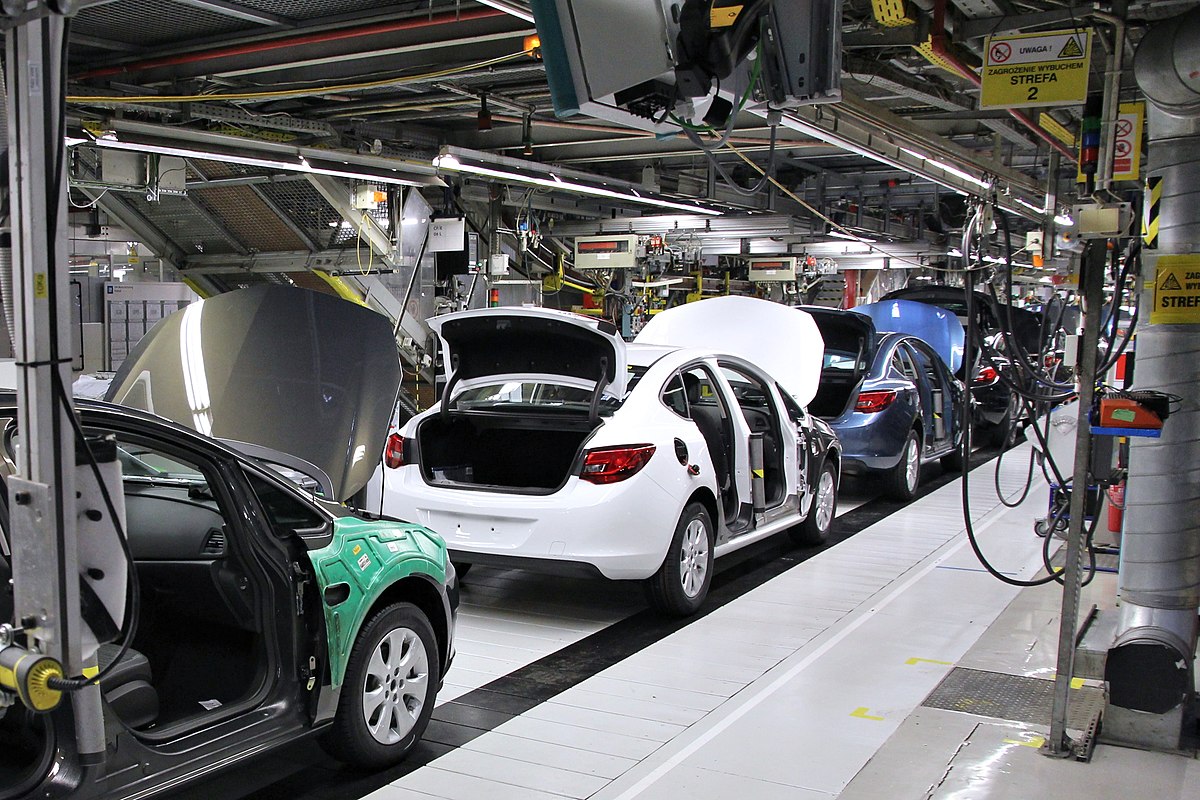Technology is a key factor in the advancement of numerous businesses, including the automotive sector. Cars get smarter, cozier, and more energy-efficient as technology develops.
It’s incredible how many features and functions an ordinary car model introduced in the last five years has to offer.
“The automotive industry has a much more interesting and diverse landscape with the introduction of electric and self-driving cars.”
We’ll talk about how technology has affected the automotive sector in this post, looking at recent developments and trends.
Enhancements in Safety
Over the years, technology has become increasingly important in preventing accidents. Modern technology is one type of car safety feature. Antilock brakes, traction control, electronic stability control, brake assist, automatic emergency braking, blind-spot detection, lane-departure warning, adaptive cruise control, backup camera, and tire pressure sensors are a few examples. The combination of these technological innovations has made driving safer by generating a potent accident prevention system. As a result, technology directly saves lives.
Automobile Design
Not only has technology altered the functionality of our cars, but also their appearance. Future high-tech car designs indicate that a central control panel will likely dominate the inside.
Therefore, all of the driving features and functionalities of the car will be controlled by a huge screen. Future cars will most likely have a broad, low, and lightweight design with a minimalistic appearance. The bright headlights and external cameras will give the current car a more intimidating appearance.
Growing Interest in Classic Automobiles
Due to the heavy reliance of modern cars on high-tech equipment, there is a growing interest in vintage cars among car aficionados. Older models allow for greater customisation and provide drivers greater autonomy behind the wheel despite lacking sophisticated software. Custom design concepts have a greater impact when applied to older vehicles.
Engine enamel can be used to give engine parts more vibrant hues, or a new headliner can be used to creatively adorn the inside. Car aficionados are therefore experiencing nostalgia as a result of the general public’s predilection for technologically improved vehicles. No matter how much automotive technology advances, the enthusiasm in vintage cars is unlikely to decline.
Energy-Saving And Minimal Emissions
In the automotive industry’s shift to greater energy efficiency and reduced carbon emissions, technology is a useful instrument as well. A significant portion of urban pollution is caused by automobiles.
Furthermore, using fossil fuels puts the environment and human health at serious danger. Since cars are becoming more and more affordable, pollution and environmental harm may potentially rise as a result of the increased global car sales. The automotive industry has been forced to embrace new growth plans that center on electric and hybrid vehicles as well as alternative fuels by the introduction of new environmentally friendly technologies.
Technology for Autonomous Driving
The car industry stands to benefit greatly from autonomous driving technology, according to current tech trends. Self-driving cars replace human drivers by becoming autonomous software robots with decision-making capabilities.
With the least amount of input or feedback required from a human driver, the cruise control system creates an autonomous driving experience using cameras, radars, and sensors. There are self-driving systems under development at various phases right now. Based on current results, it appears that autonomous driving technology has the potential to drastically transform the automobile sector.
Important lessons learned
Vehicles are now safer, smarter, and more energy-efficient thanks to technological advancements. Modern cars are loaded with cutting-edge equipment and features that improve driving comfort and ease of use.
Because of the huge demand for electric and hybrid vehicles, the automotive sector is currently undergoing more significant changes. The automotive industry is dependent on technology to facilitate the seamless transition to environmentally-friendly autos, as environmental protection has gained public attention.
Many auto aficionados are returning to antique automobiles because they satiate their nostalgia and love of beauty and design, as cars that were once thought to be futuristic are becoming more realistic. Some people are excited about the mass manufacture of electric, self-driving automobiles, while others are going back to the old favorites.
At the moment, major IT companies are investing in autonomous driving technologies. As a result, businesses and brands are competing more to change our automobiles.
Every aspect of our lives, including communications, education, healthcare, and transportation, has greatly benefited from the advancement of technology. It’s clear that there have been a lot of changes in the automotive sector as a result of technological advancements. Because of artificial intelligence and other technological breakthroughs, cars of the future will be more powerful than we could have ever imagined. They’ll simplify our lives, increase our safety when driving, and give us a fulfilling experience when operating a vehicle.


